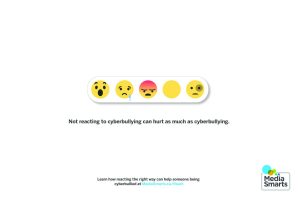
Schools must implement an anti-cyberbullying strategy that includes practical measures that prevent and deal with incidents of cyberbullying. It is not something that should be developed while trying to help a student who is experiencing cyberbullying. All schools should have a system set in place to deal with incidents immediately so a student is not left feeling like they are not heard or protected. Below is a list of things all schools should do to be prepared to deal with incidents of cyberbullying.
• A designated faculty member should be made responsible for anti-bullying work someone who is in charge of the program implementation and who can attend conferences and workshops that educate on how to deal with bullying in schools.
• Procedures should be created for the proper recording and reporting of incidents of cyberbullying and bullying.
• Cyberbullying should be referenced in all behaviour and anti-bullying talks with students. Bullying education should encompass digital literacy education as well as explicit cyberbullying talks.
• All teachers should be given training, support and guidance in dealing with cyberbullying, so that they can better identify, resolve, and prevent incidents concerning the children in their classrooms.
Here is an example of a cyberbullying checklist that all schools should use to see how prepared they are to deal with incidents of cyberbullying. This checklist has been created by the anti defamation league.
CyberbullyingChecklistforSchools
Bellett, Gerry. “Cyberbullying needs its own treatment strategies.” The Vancouver Sun, April 13, 2012.
Strategies for Fighting Cyberbullying. (n.d.). Retrieved March 08, 2017, from http://mediasmarts.ca/digital-media-literacy/digital-issues/cyberbulling/strategies-fighting-cyberbullying